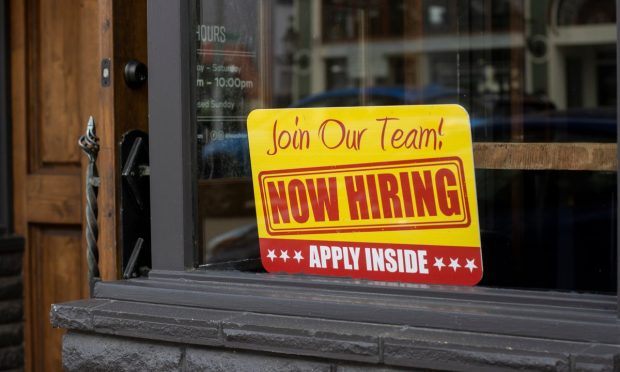Leading QSRs Are Unable to Meet Dining Demand

As restaurants’ labor difficulties continue with no end in sight, many brands are having trouble meeting consumer demand. In a time when restaurants could be making more sales than ever, with the combination of the continued stickiness of off-premises dining and the return of dine-in creating additional opportunities, capacity constraints are forcing many brands to leave money on the proverbial table.
While issues of this kind tend to hit small, independent restaurants hardest, major brands are also struggling with the same challenges. On earnings calls over the past couple of weeks, brands ranging from Domino’s Pizza to Starbucks to Yum Brands, parent company of KFC, Pizza Hut, Taco Bell and The Habit Burger Grill, have noted difficulties meeting demand.
Russell Weiner, chief operating officer of Domino’s and president of the quick-service restaurant (QSR) brand’s U.S. operations, who will take over as CEO in July, explained on a call last Thursday (April 28) how this issue has affected the business.
“As indicated by our carryout performance and the strength of our business in stores that were less constrained by labor shortages, we believe the demand for Domino’s remains strong,” he said. “Our focus now is on addressing the capacity constraints that have impacted our ability to fulfill this demand. Those constraints have led to demand shaping activity across the U.S. business — things like reducing store hours, not answering phones and restricting online orders.”
See also: Labor Challenges Hamper Domino’s Ability to Meet Delivery Demand
However, he argued that these issues are “in our and our franchisees’ control,” arguing that, as the impacts of the pandemic and specifically of the omicron outbreak become less relevant, they will become more manageable.
While many of Domino’s capacity challenges are centered on the delivery channel, some QSRs are also seeing the impact at the drive-thru. Yum Brands executives noted the impacts on both of these channels on a call Wednesday (May 4). Chief financial officer Chris Turner noted that investments in delivery and moves to offer quicker pickup options have helped the company’s drive-thrus better meet consumers’ expectations of speed and convenience.
“Both delivery and early tests of Quick Pick-up continue to free up drive-thru capacity for the Taco Bell system,” he said, “which helped fuel their ninth consecutive quarter of average drive-thru times under four minutes, with a sequential improvement from their fourth quarter drive-thru speed.”
Related news: Yum Brands Leans on ‘Quick Pick-Up’ to Weather Delivery, Drive-Thru Labor Challenges
He noted that KFC is seeing similar benefits from the program.
Additionally, Starbucks Interim CEO Howard Schultz noted on a call Tuesday (May 3) that the brand “ordinarily … would have anticipated” these challenges but that pandemic-related issues made it impossible for the company to “make the required investments in store design, operations, infrastructure and technology to do so.” Going forward, however, he said that the investments the company is now making will combat these challenges.
Read more: Starbucks Shifts Focus From In-Store Experience to Digital Efficiency
“We’ve been unable to meet the relentless demand we’re seeing in our U.S. stores as seamlessly as our customers and partners expect and candidly deserve,” he said. “Going forward, we will be making investments in our partners and business to literally catch up on investments we have not made and make further investments to position the company ahead of the coming growth curve.”
